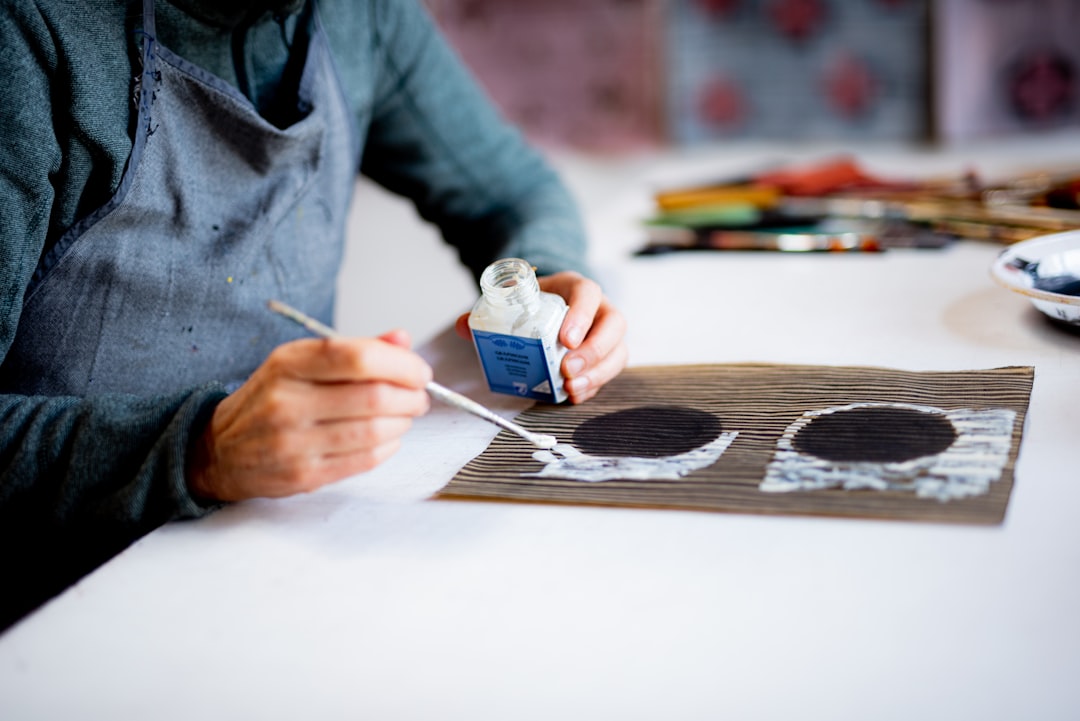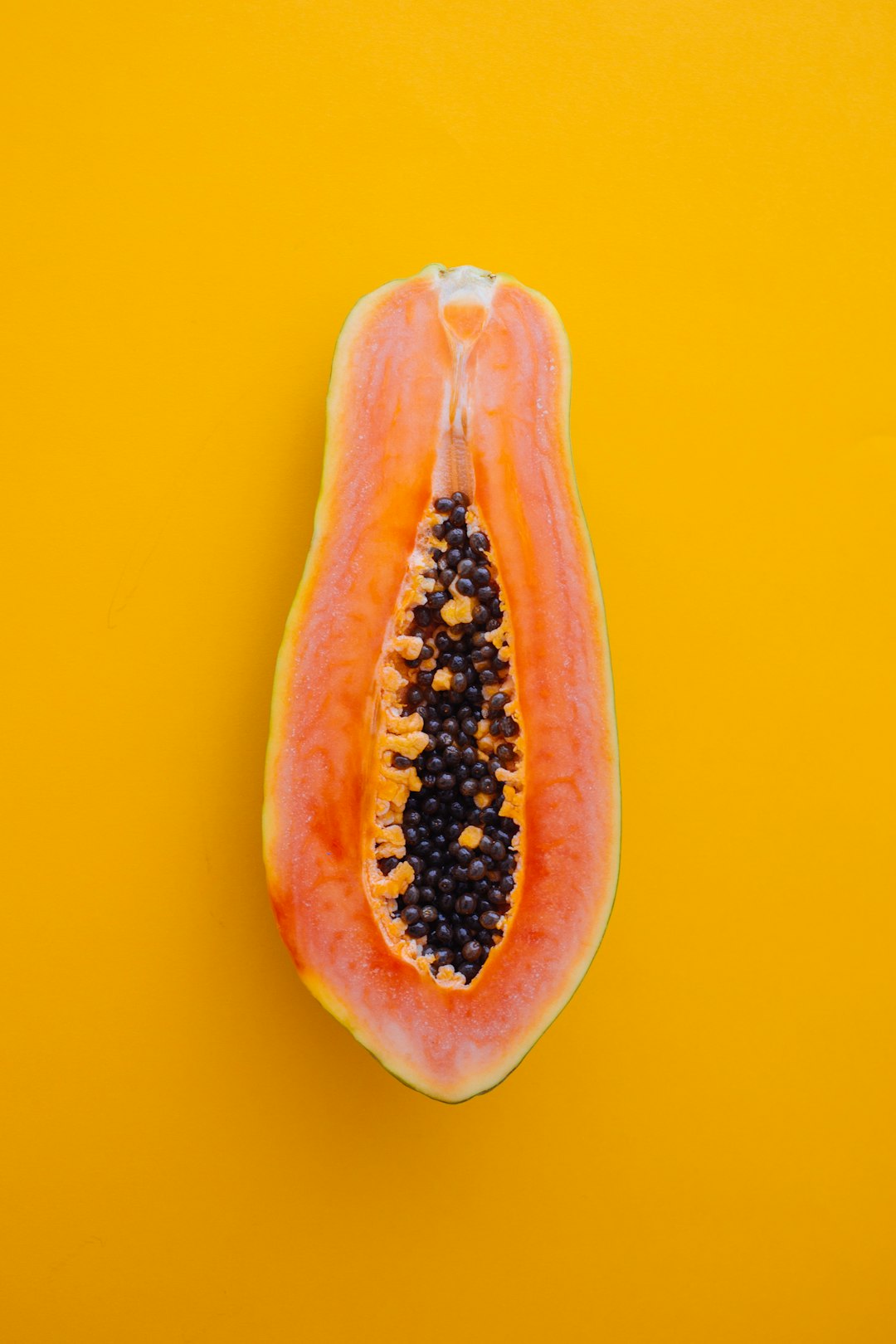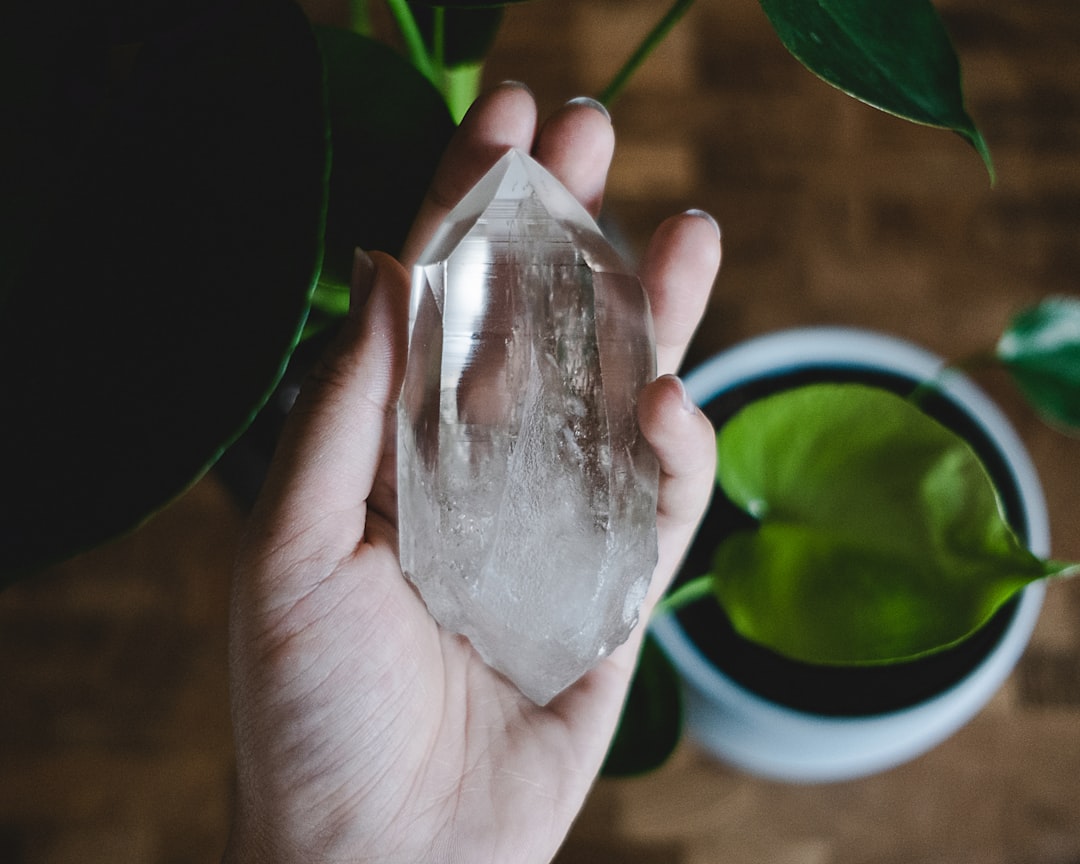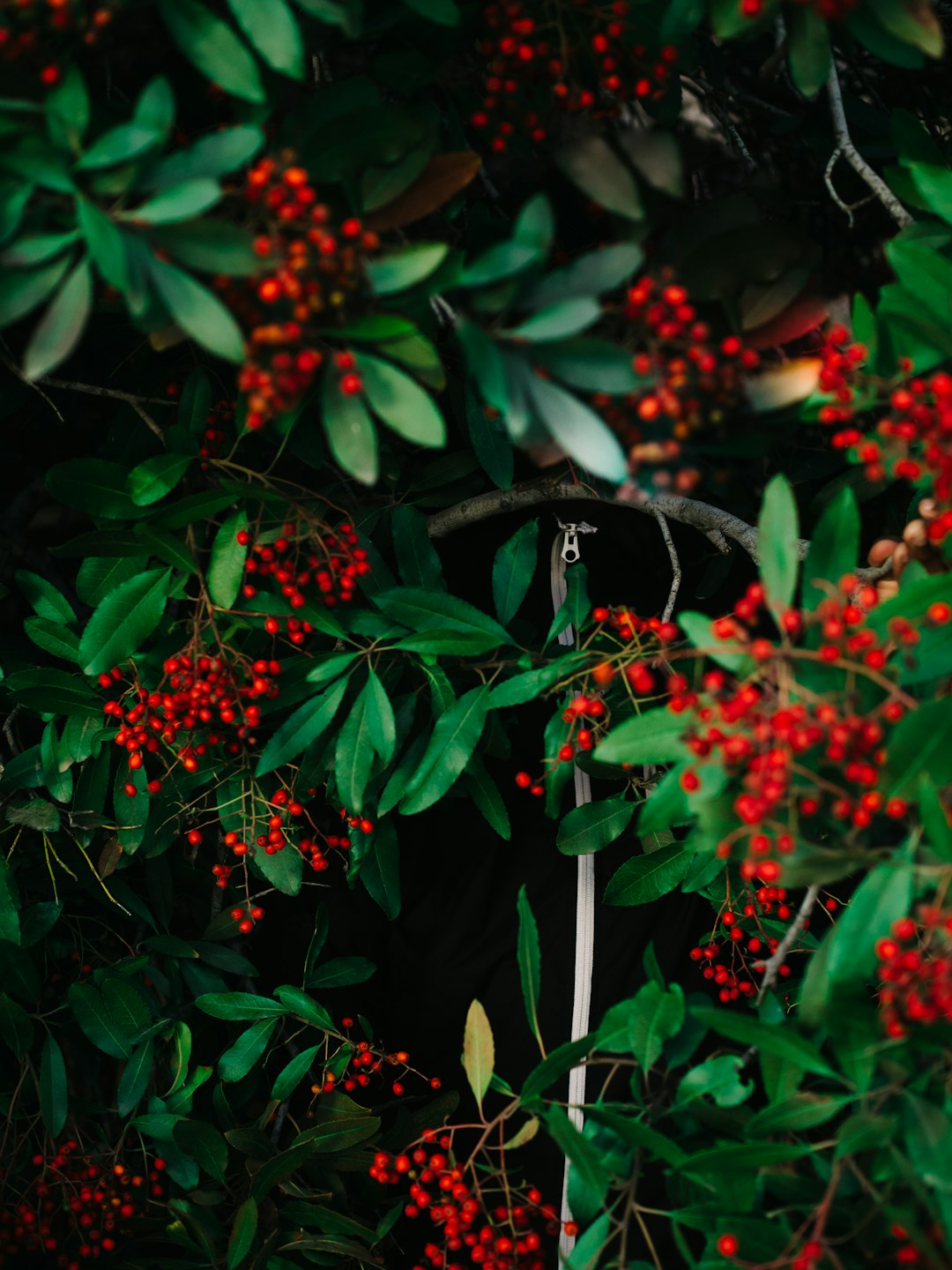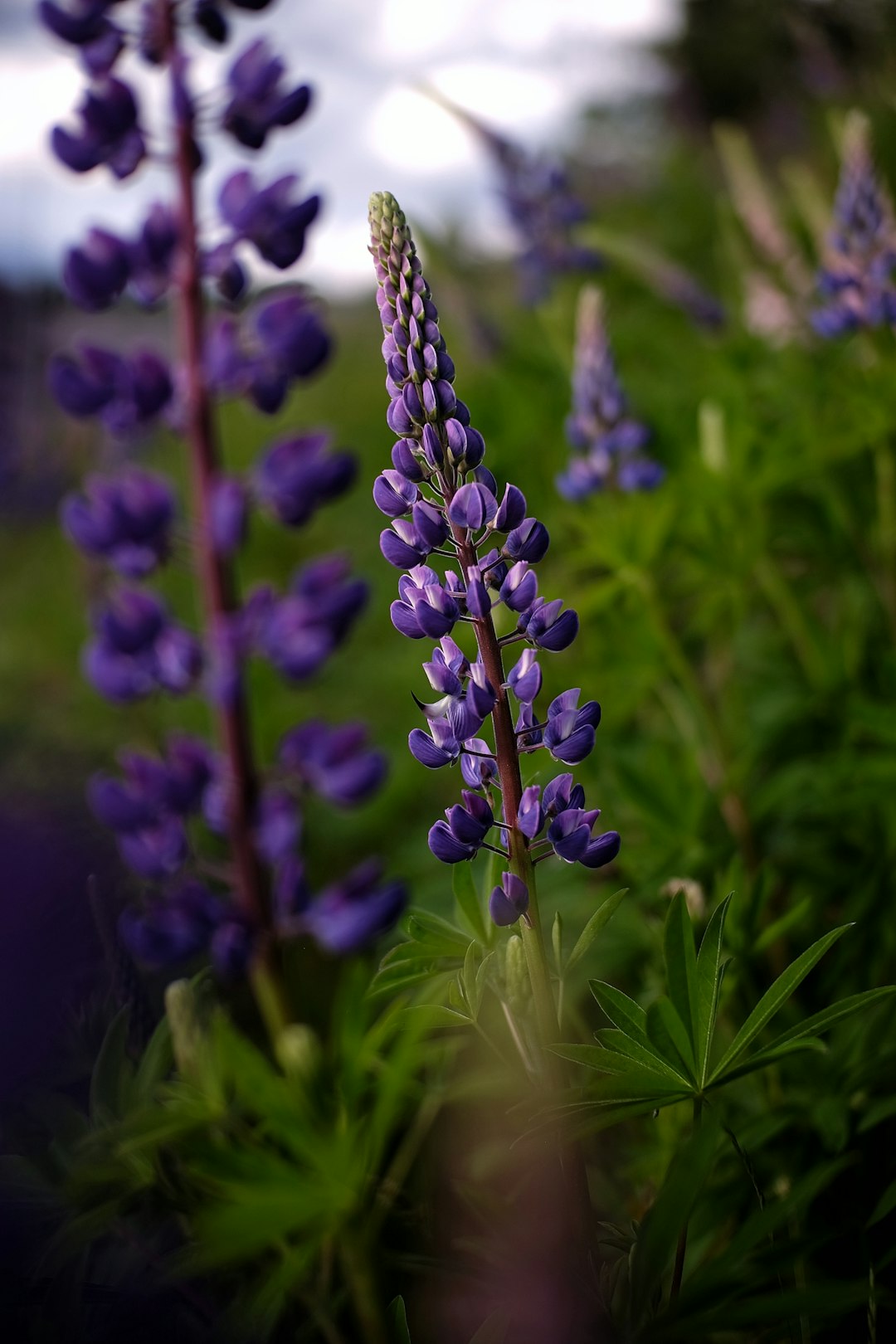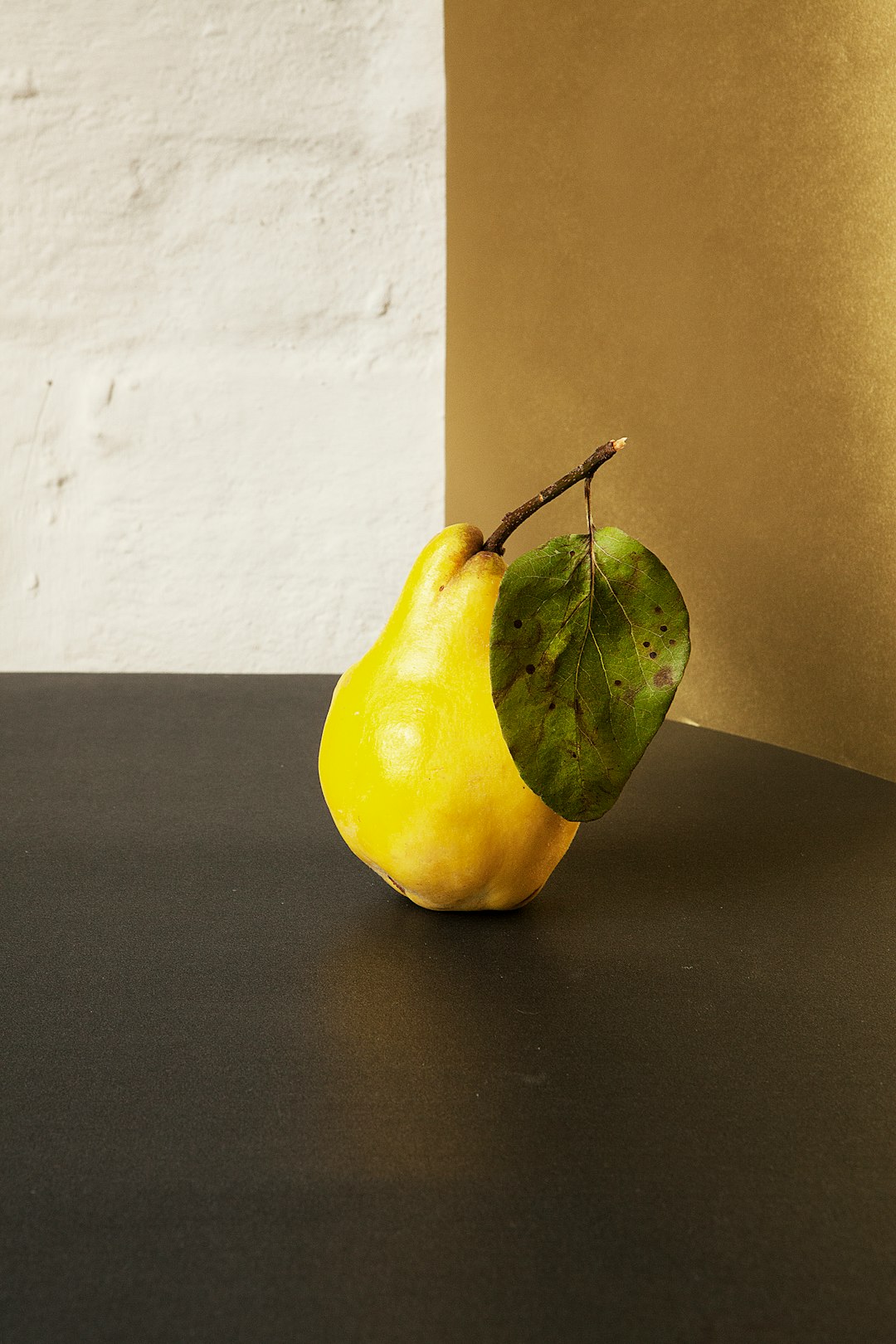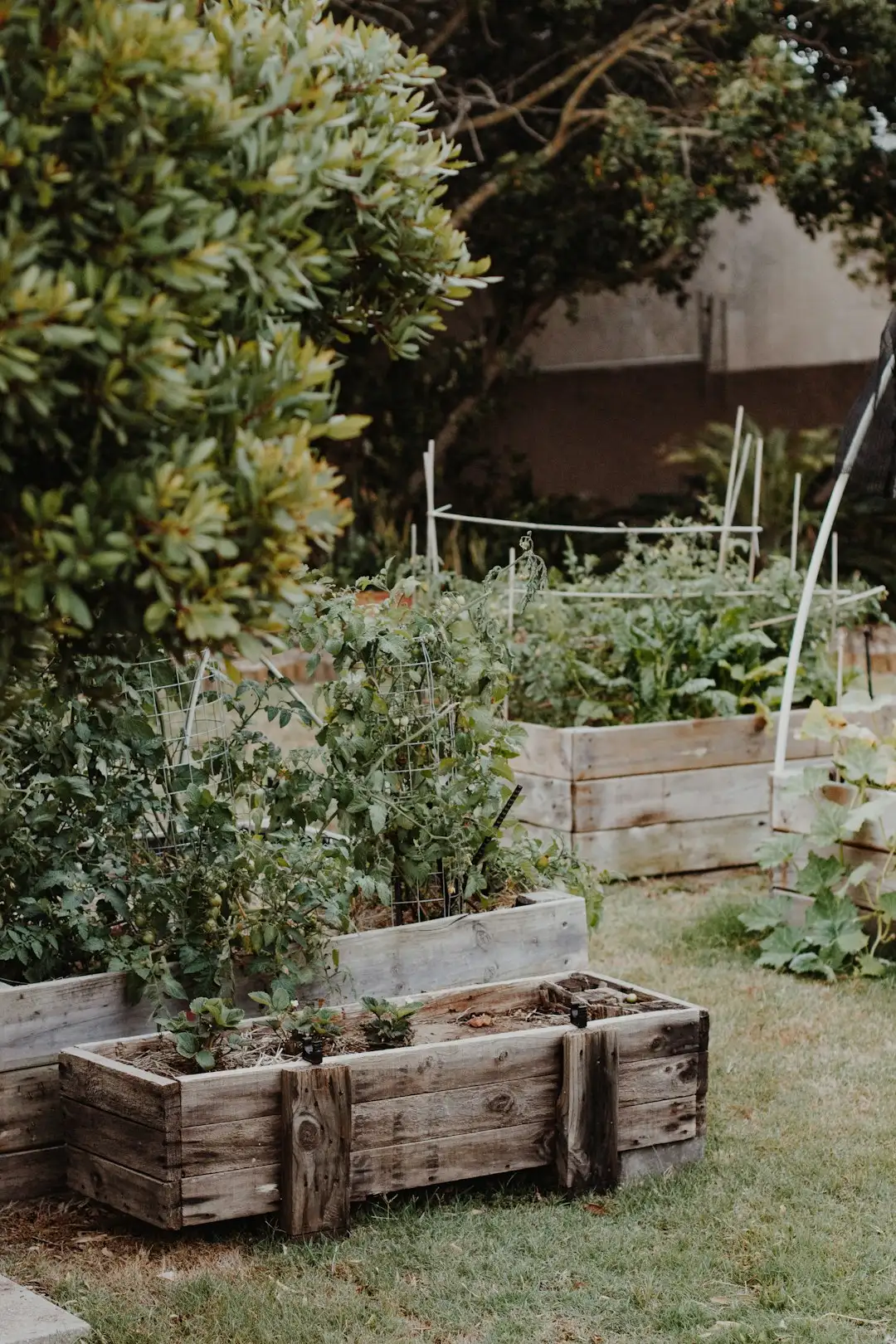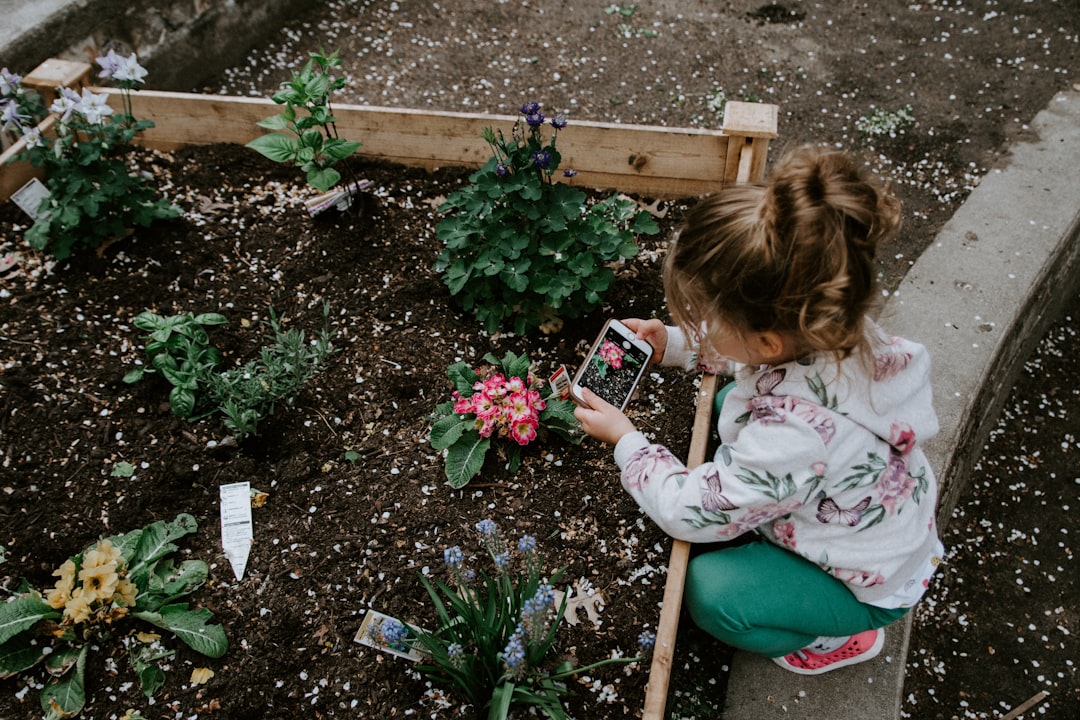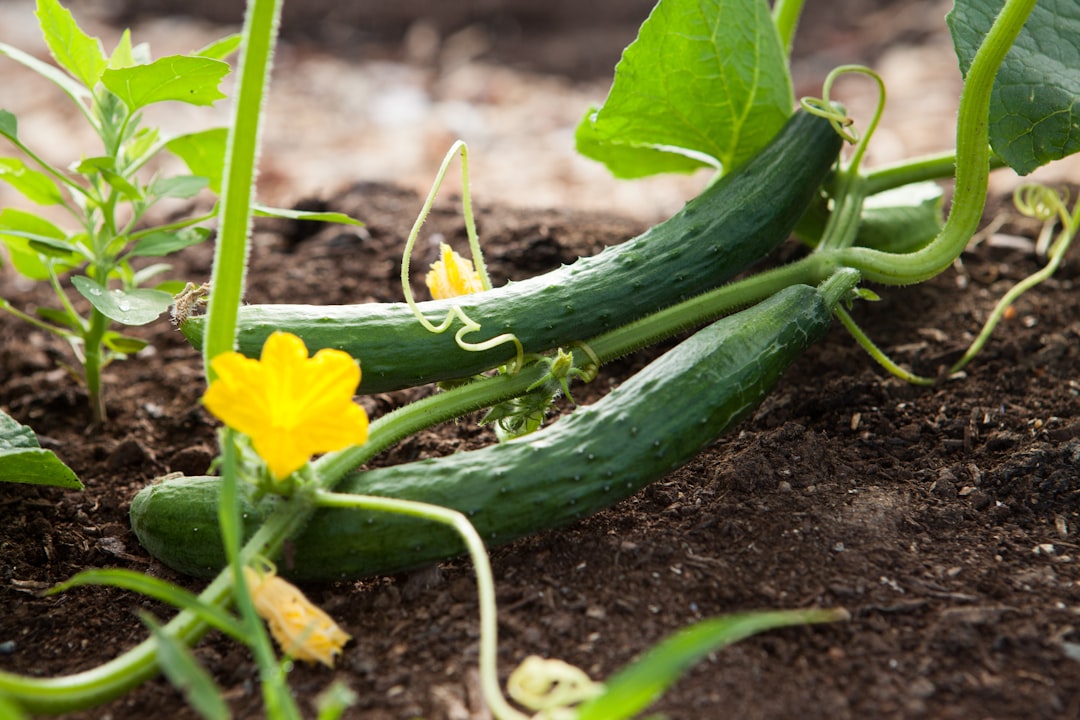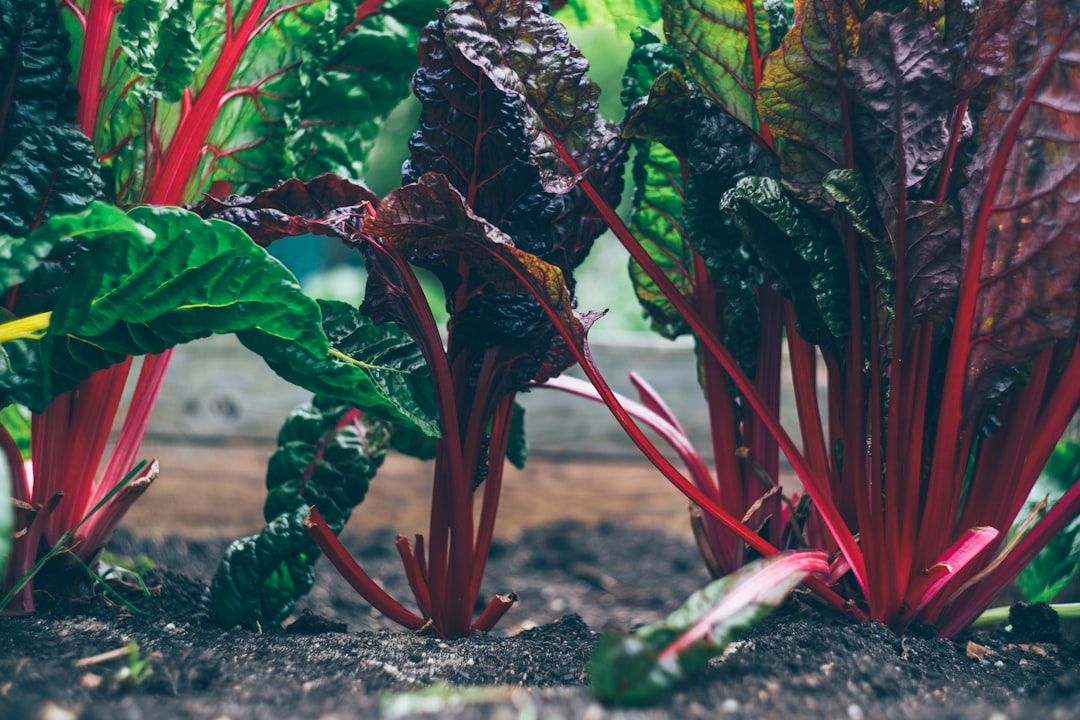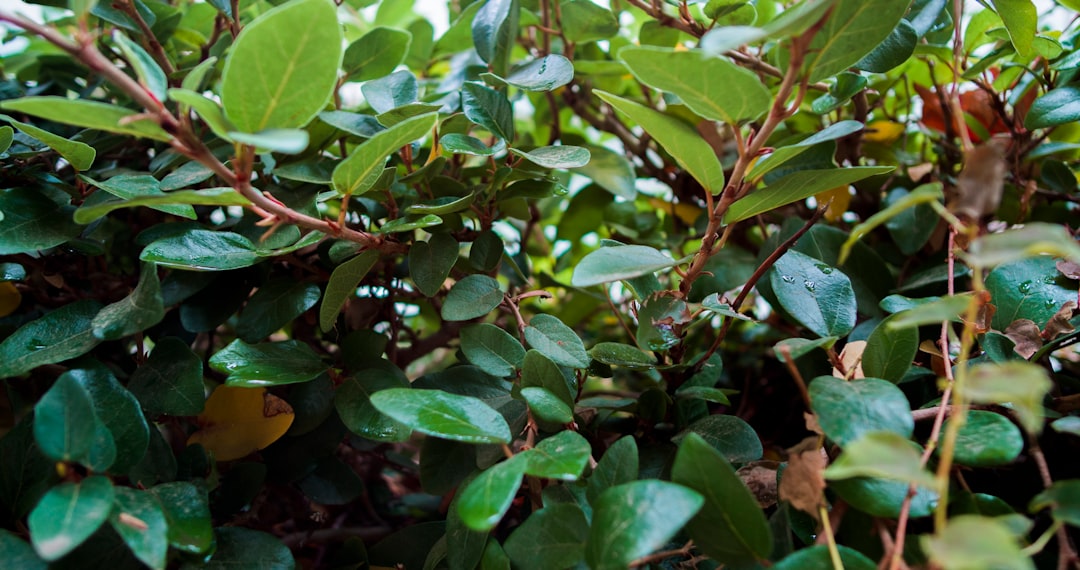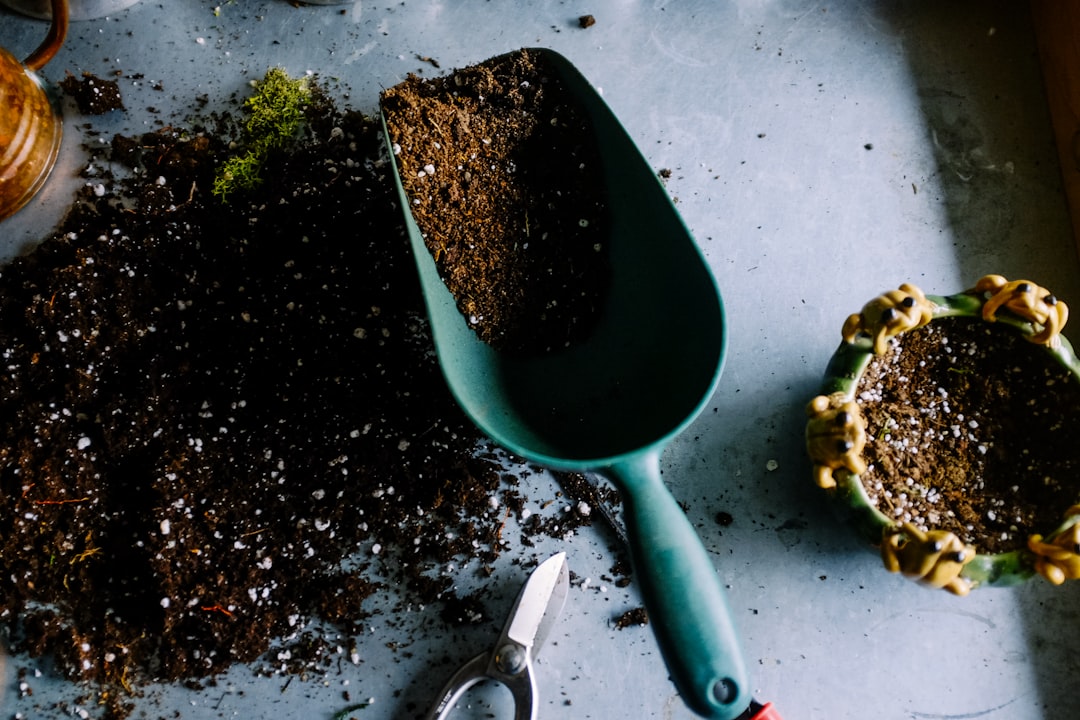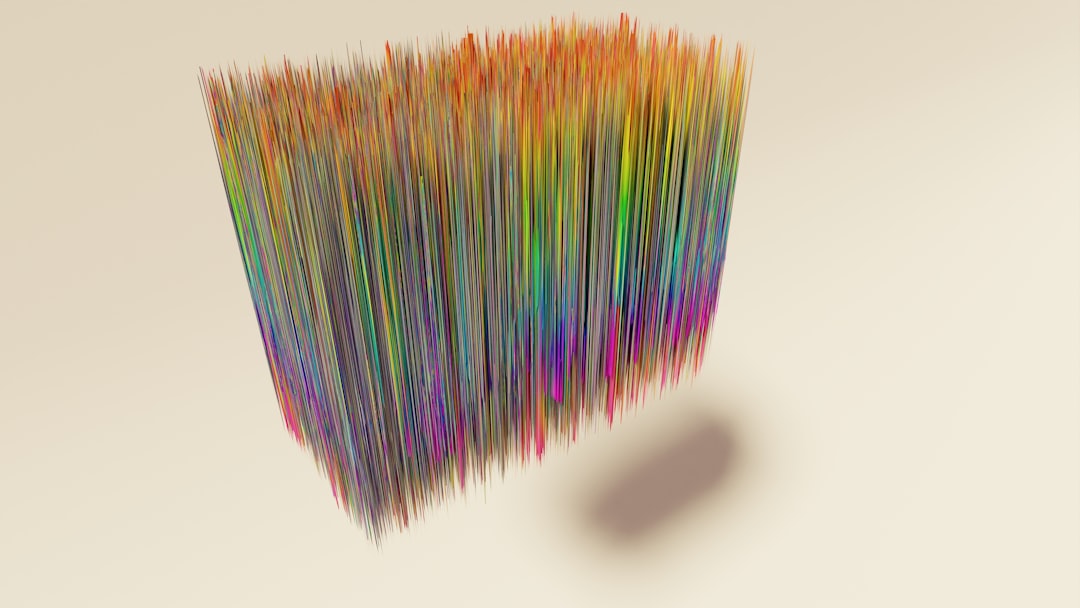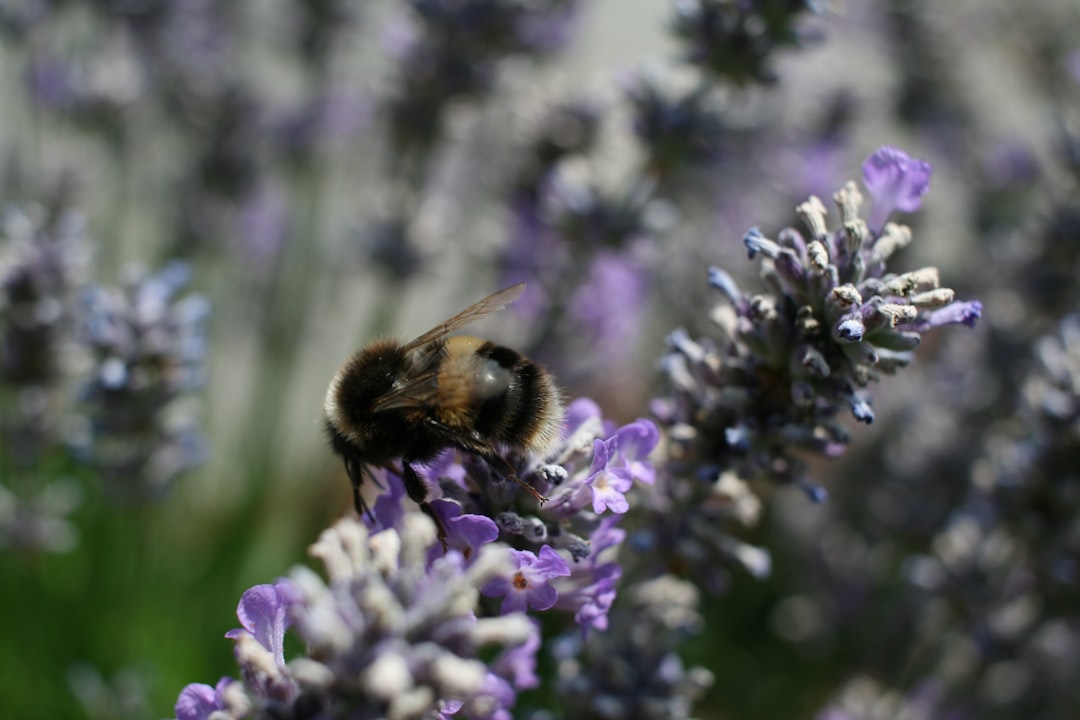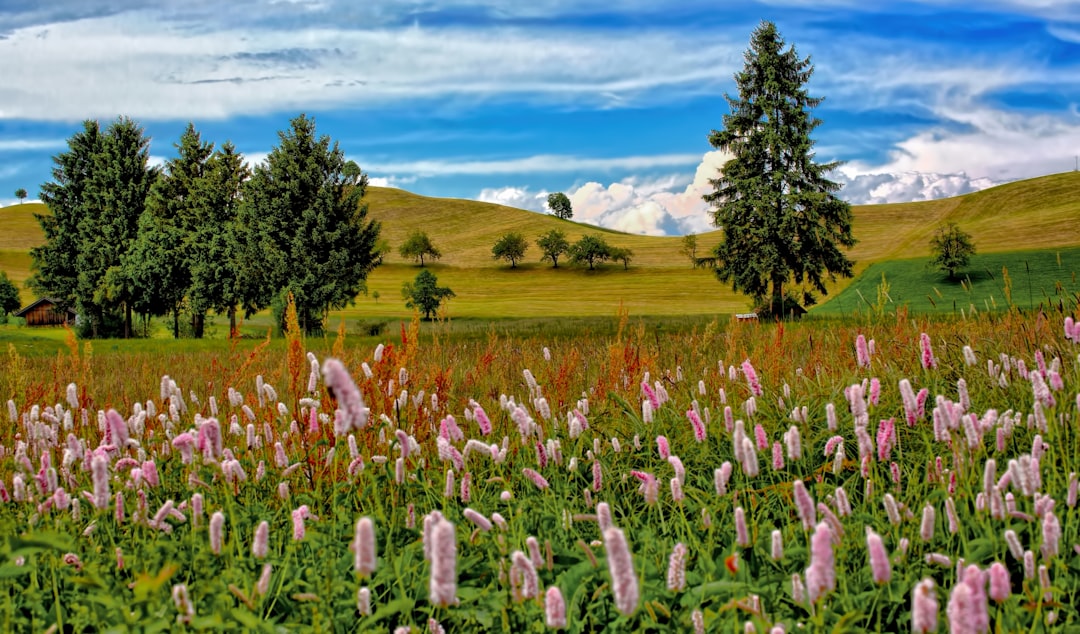
Edible gardening has become a popular pastime for many, offering the joy of growing your own fresh produce right at home. Among the various fruits that can be cultivated, strawberries stand out as a favorite due to their sweet flavor and vibrant color. However, to get the best harvest from your home - grown berries, it is crucial to know exactly when and how to fertilize strawberries.
Strawberries are heavy feeders, which means they require a significant amount of nutrients to grow and produce a bountiful crop. The first step in fertilizing strawberries is to understand their nutrient requirements. Strawberries need a balanced supply of nitrogen, phosphorus, and potassium, along with other essential micronutrients such as calcium, magnesium, and iron.
When it comes to the timing of fertilization, it is important to start early. Before planting your strawberry plants, prepare the soil by incorporating well - rotted manure or compost. This will provide a slow - release source of nutrients and improve the soil structure. A good rule of thumb is to add about 2 to 3 inches of organic matter to the top 6 to 8 inches of soil. This early addition of organic matter will give the strawberry plants a healthy start.
Once the strawberry plants are established, the first round of fertilization should occur in early spring, just as new growth begins to emerge. A balanced fertilizer with an N - P - K ratio of 10 - 10 - 10 or 12 - 12 - 12 can be applied at this time. Sprinkle the fertilizer around the base of the plants, being careful not to let it come into direct contact with the foliage, as this can cause burning. Use about 1 pound of fertilizer per 100 square feet of strawberry bed.
During the flowering and fruiting stage, strawberries have increased nutrient demands. A fertilizer higher in phosphorus and potassium, such as a 5 - 10 - 10 or 10 - 20 - 20 blend, can be beneficial. Phosphorus promotes flower and fruit development, while potassium helps with overall plant health and disease resistance. Apply this fertilizer when the first flower buds appear, following the manufacturer's instructions for application rates.
Another important aspect of fertilizing strawberries is to avoid over - fertilization. Too much nitrogen can lead to excessive foliage growth at the expense of fruit production. It can also make the plants more susceptible to diseases. If you notice that your strawberry plants have dark green, lush foliage but few fruits, it may be a sign of over - fertilization.
Organic fertilizers are also a great option for strawberry plants. Compost tea, for example, is a nutrient - rich liquid fertilizer that can be made at home. To make compost tea, simply steep a bag of compost in water for a few days, then strain the liquid and use it to water your strawberry plants. This provides a gentle, slow - release source of nutrients and also helps to improve soil microbial activity.
In addition to regular fertilization, it is important to maintain proper soil pH for strawberry plants. Strawberries prefer a slightly acidic soil with a pH range of 5.5 to 6.5. You can test the soil pH using a home testing kit and make adjustments as needed. If the soil is too alkaline, you can add elemental sulfur to lower the pH. If it is too acidic, lime can be added to raise the pH.
As the growing season progresses, it is a good idea to continue monitoring the health of your strawberry plants. Look for signs of nutrient deficiencies, such as yellowing leaves or stunted growth. If you suspect a nutrient deficiency, you can perform a soil test to determine which nutrients are lacking and then adjust your fertilization program accordingly.
After the harvest is over, it is time to prepare the strawberry plants for the next growing season. In late summer or early fall, apply a light application of a balanced fertilizer. This will help the plants build up energy reserves for the winter and promote strong growth in the following spring. Remove any old or diseased foliage at this time to prevent the spread of diseases.
Finally, mulching is an important practice that can complement fertilization. A layer of organic mulch, such as straw or shredded leaves, can help to conserve soil moisture, suppress weeds, and add nutrients to the soil as it decomposes. Apply a 2 - 3 inch layer of mulch around the strawberry plants, being careful not to cover the crowns.
In conclusion, getting the best harvest from your home - grown strawberries requires a combination of proper fertilization, soil management, and plant care. By knowing exactly when and how to fertilize strawberries, you can enjoy a delicious and abundant crop of these sweet berries year after year. Whether you are a novice gardener or an experienced horticulturist, following these guidelines will help you achieve success in your edible gardening endeavors.
New






